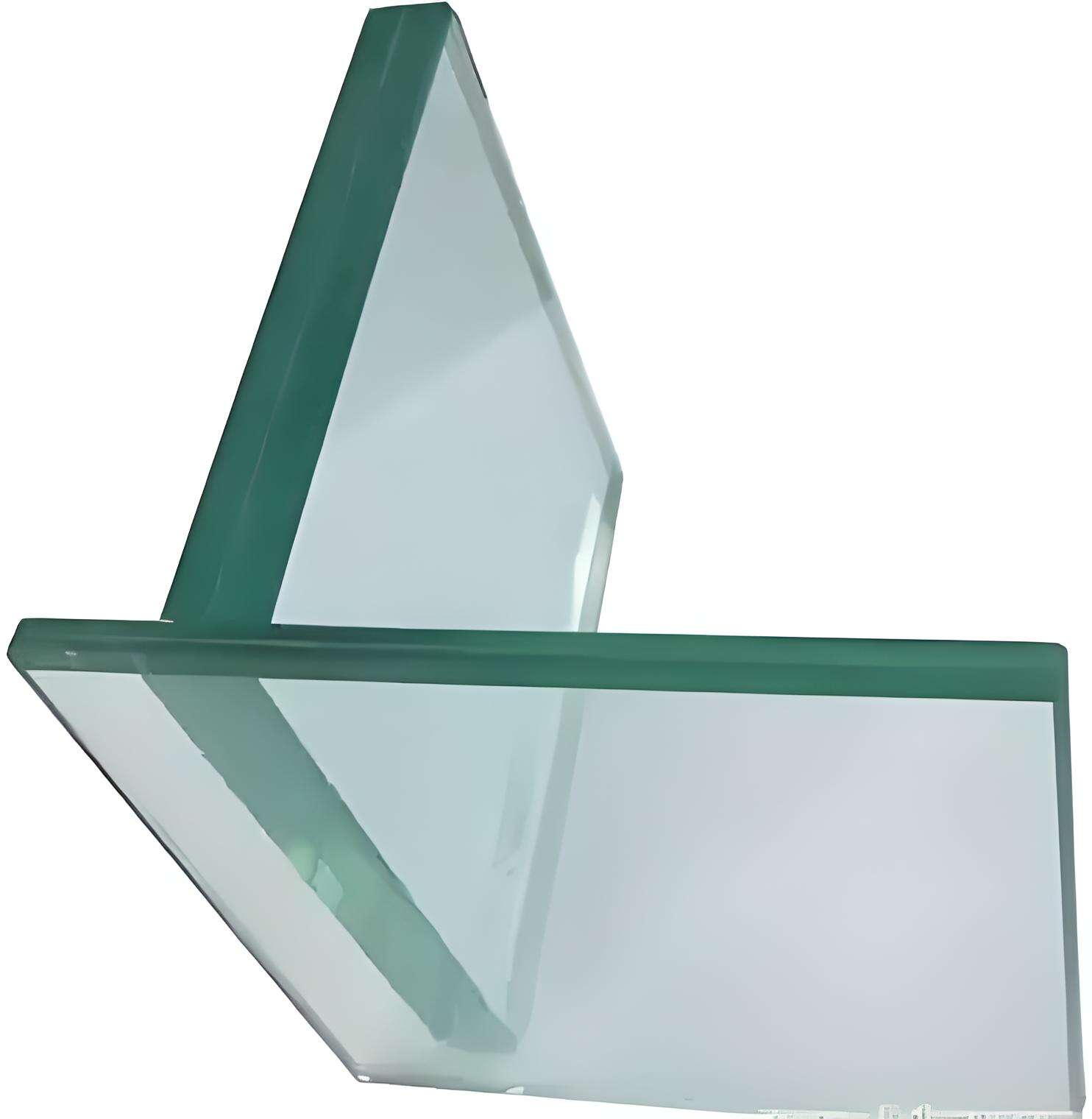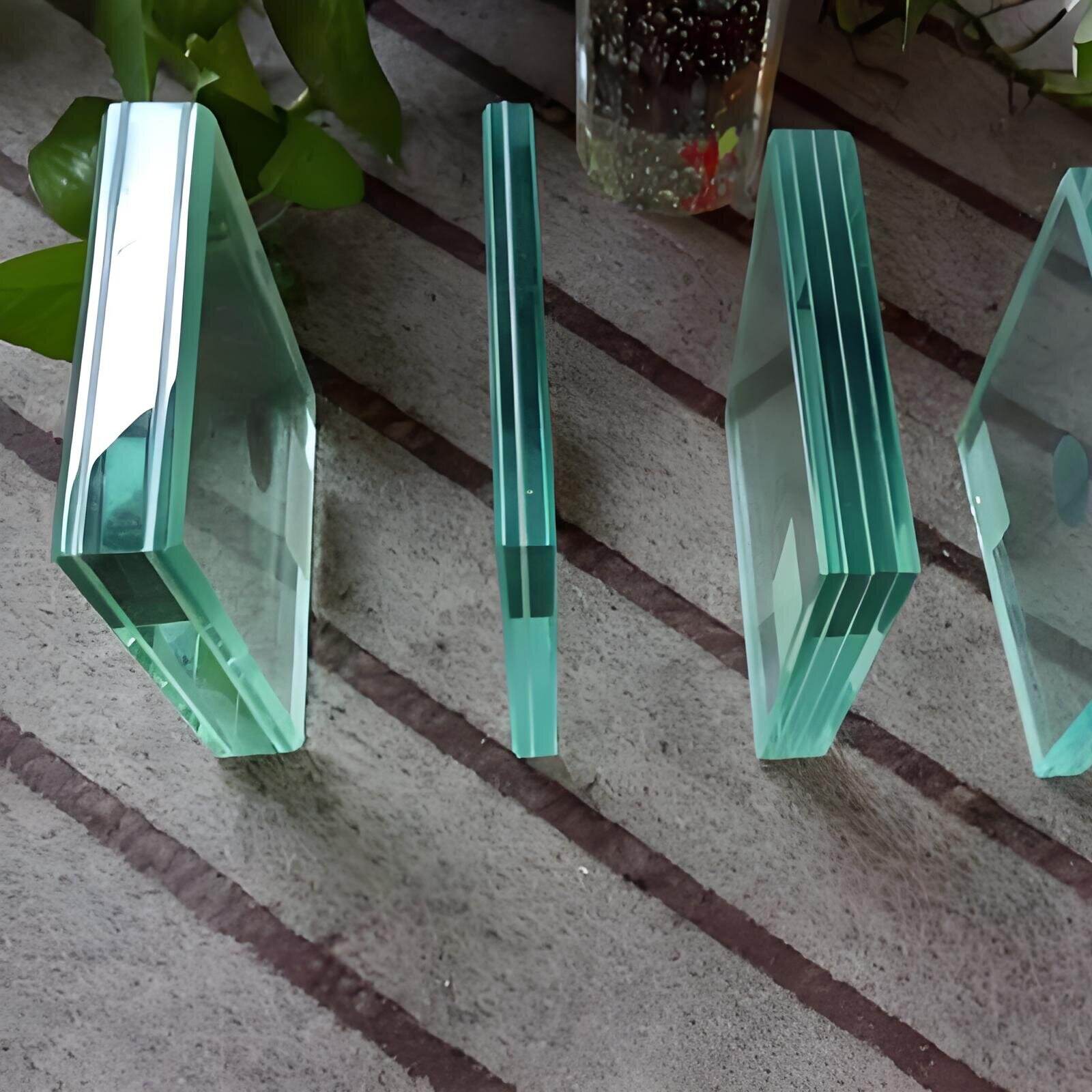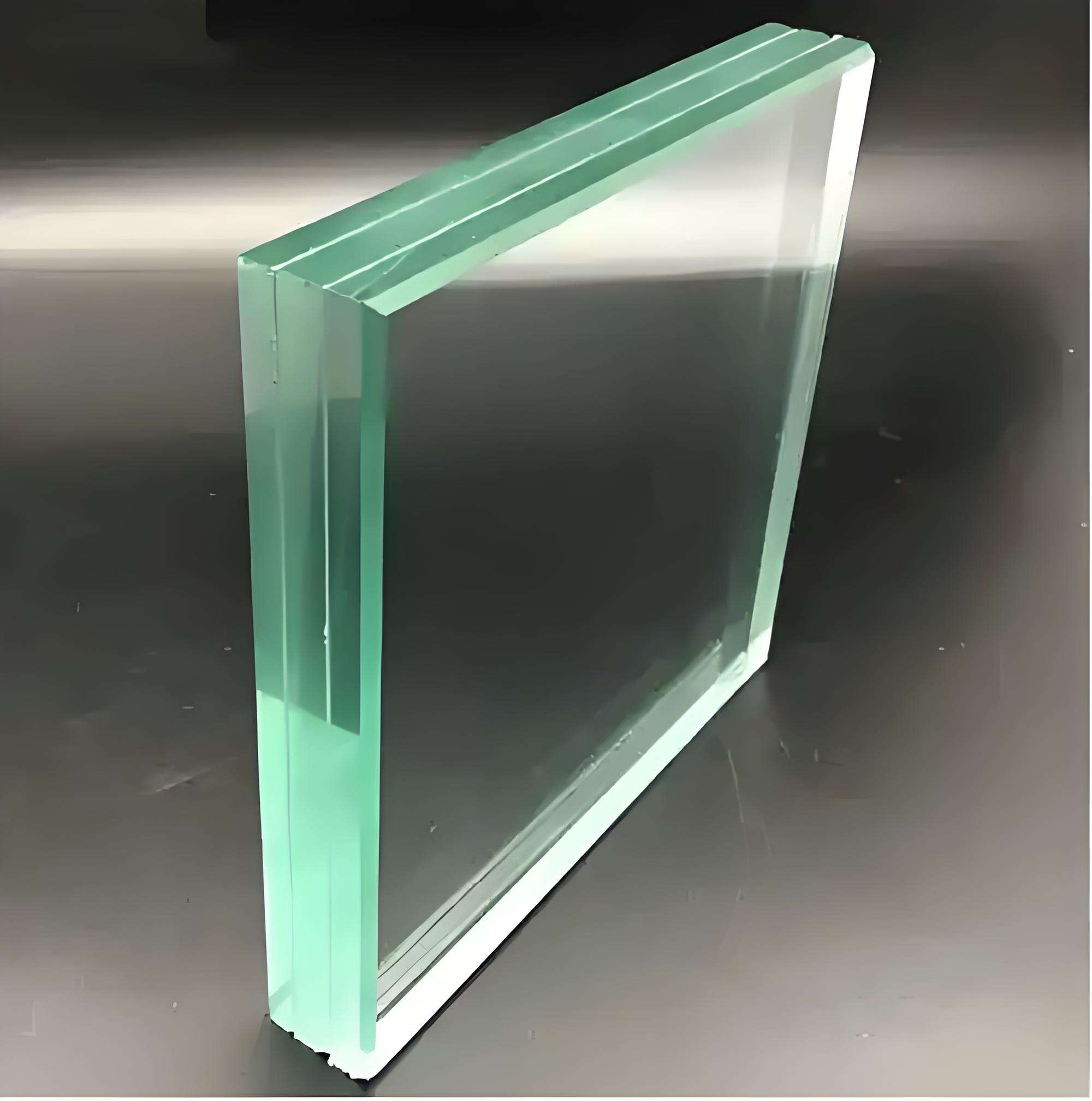laminated glass size
Laminated glass size represents a crucial element in modern architectural and automotive applications, offering a perfect blend of safety and functionality. This specialized glass consists of two or more layers of glass bonded together with an interlayer of polyvinyl butyral (PVB) or ethylene-vinyl acetate (EVA), available in various dimensions to suit different requirements. Standard laminated glass sizes typically range from 2134mm x 3300mm up to 3300mm x 6000mm, though custom sizes are readily available for specific project needs. The thickness of laminated glass can vary from 6.38mm to 39.04mm, depending on the number of glass layers and interlayer specifications. The manufacturing process ensures that when broken, the glass remains intact, held together by the interlayer, preventing dangerous shards from scattering. This structural integrity makes it ideal for safety-critical applications in both residential and commercial settings. The size flexibility of laminated glass allows architects and designers to create expansive, uninterrupted views while maintaining essential safety standards and providing excellent sound insulation properties.


